Security Threats Can Hide In Plain Sight
With the cyberthreat landscape getting more complicated, cybersecurity deserves more attention than ever before. Fully trusting applications, interfaces, networks, devices, traffic and users without authentication is no longer an option. Misjudging and misplacing your trust in a malicious entity can lead to severe breaches that can damage your business. Zero Trust Security practices, however, can go a long way towards helping businesses minimize cybersecurity risks and prevent data breaches.
Implementing Zero Trust Security within your business can help guard against data breaches, downtime, productivity loss, customer churn and reputation damage. The Zero Trust approach trusts nothing within or outside its perimeter and insists on verifying everything attempting to connect to the company systems before granting access. The National Institute of Standards and Technology (NIST) refers to it as a “never trust, always verify” approach.
Here are a few statistics that demonstrate the seriousness of today’s cyberthreat landscape:
Human error causes close to 25% of data breaches, unfortunately, you can’t completely mistrust an external network, nor can you fully trust even a single user within your network.
Experts predict that ransomware attacks will occur every 11 seconds in 2021, this gives you no time to be complacent.
Over 40% of employees are expected to work from home post-pandemic; when this happens, many devices, users and resources will interact entirely outside the corporate perimeter. This increases the risk of an incident occurring.
Phishing attacks have increased by over 60% since the pandemic started and to counter such a scenario, cybersecurity policies must be dynamic and adapt to address additional concerns.
Chances are your current approach to cybersecurity falls short of stopping cybercriminals from accessing your network. The Zero Trust approach can change all that. Build an effective Zero Trust model for your company, that encompasses governance policies—like giving users only the access needed to complete their tasks—and technologies such as: Multifactor authentication, Identity access management, Risk management, Analytics, Encryption, Orchestration, Scoring and File-system permissions.
















